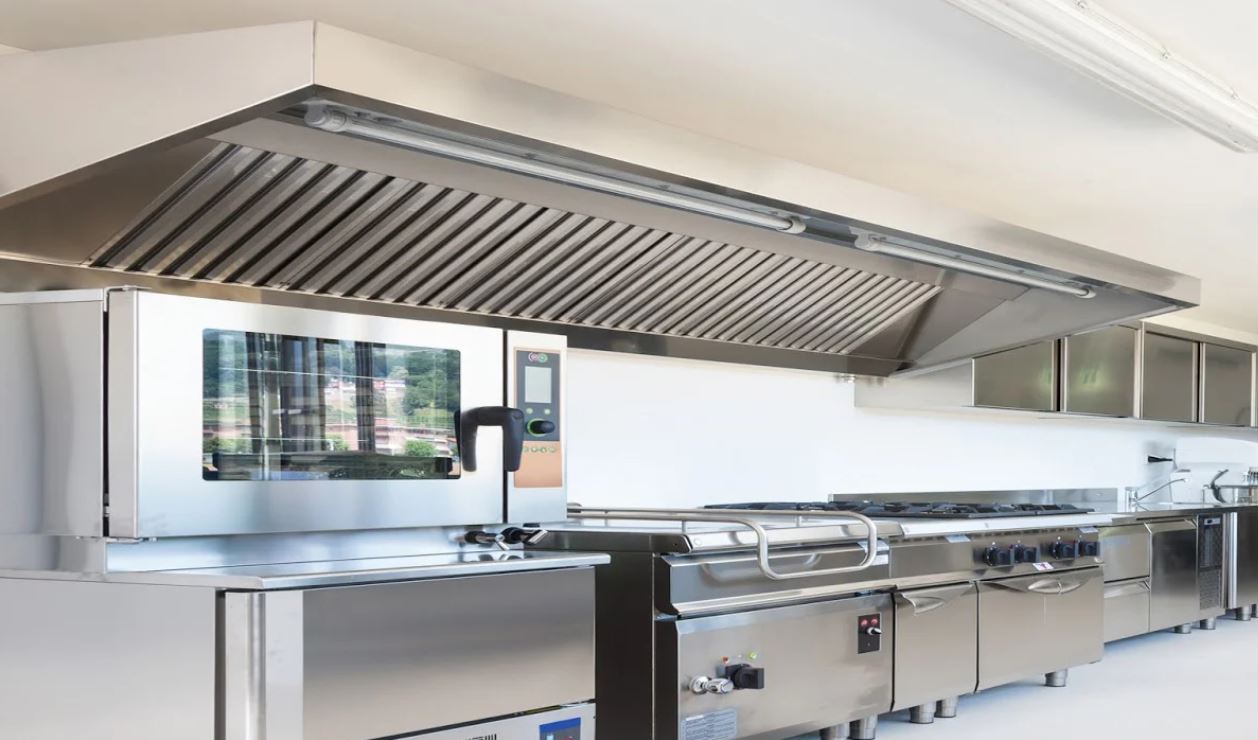In a quest for kitchen perfection, one cannot underestimate the importance of a well-installed hood. However, the process of hood installation is not as straightforward as one might imagine, with various factors affecting the overall cost. These encompass the complexity and type of the hood, the specific modifications required for your kitchen structure, and the labor charges, which can fluctuate based on your geographical location.
Furthermore, unexpected issues that arise during the installation process can also contribute to the final cost. Thus, gaining a comprehensive understanding of these factors is crucial for effective budgeting and project planning. As we unpack these elements in the subsequent discussion, you will find yourself better equipped to make informed decisions regarding your kitchen hood installation.
Key Components Influencing Hood Costs
The homeowner’s choice of materials, the complexity of the installation process, and the hiring of professional services are primary components that significantly influence the overall cost of hood installation.
The material’s quality and type can either increase or decrease the cost. Stainless steel, for instance, is durable but expensive.
The intricacy of the installation process also plays a part. A simple, straightforward installation will be less costly compared to a complex one requiring additional modifications.
Professional services, while ensuring a proper and safe installation, come with their fees.
Ultimately, understanding these components allows homeowners to make informed decisions, balancing their budgetary constraints with their need for a functional and aesthetically pleasing hood.
Exploring Additional Cost Factors
While the material selection, installation complexity, and professional service fees undeniably impact the cost of hood installation, additional factors such as the hood size, location of installation, and potential need for ductwork also play pivotal roles in determining the overall expense.
– Hood Size: The size of the hood directly impacts the cost. Larger hoods require more resources for installation, resulting in a higher cost.
– Location of Installation: The ease or difficulty of access to the installation site can affect the cost. Complex locations may require more time and specialized equipment.
– Urban areas might increase the cost due to higher labor rates and logistical challenges.
– Rural areas might require travel fees, increasing the overall cost.
– Need for Ductwork: If your kitchen lacks existing proper ductwork, additional installation or modification would be necessary, adding to the project cost.

